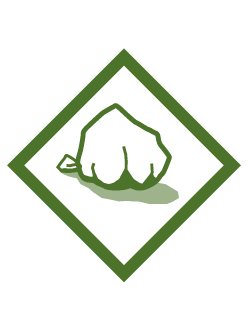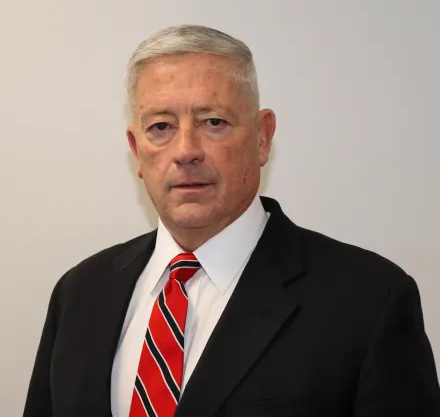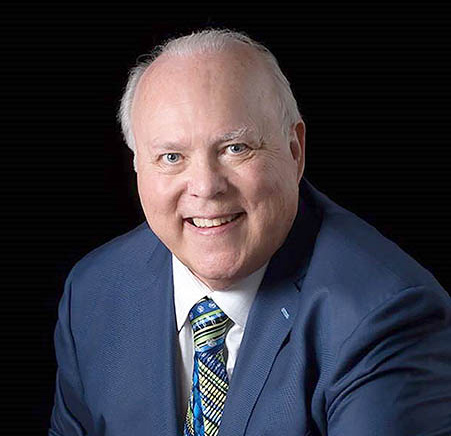Webelos – 4th Grade
Indoor
2
4
2
Cub Scouts learn the three types of rocks and how to identify them.





